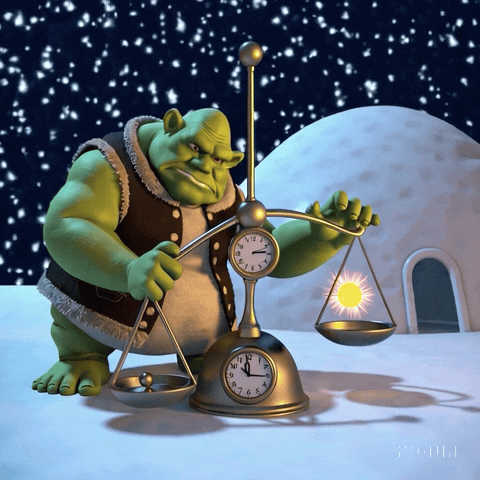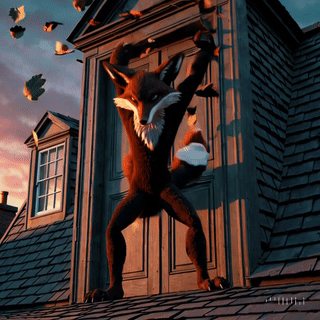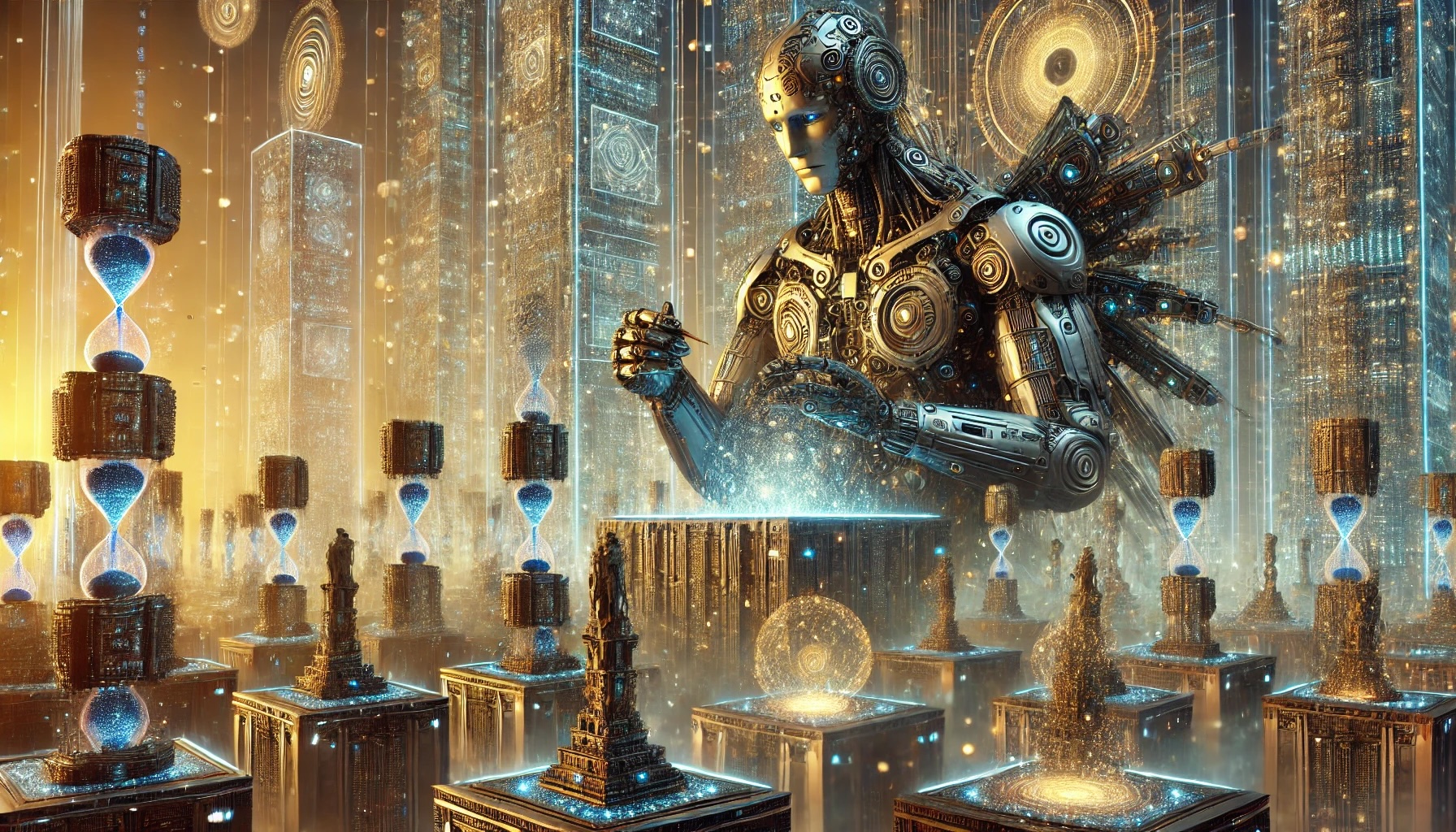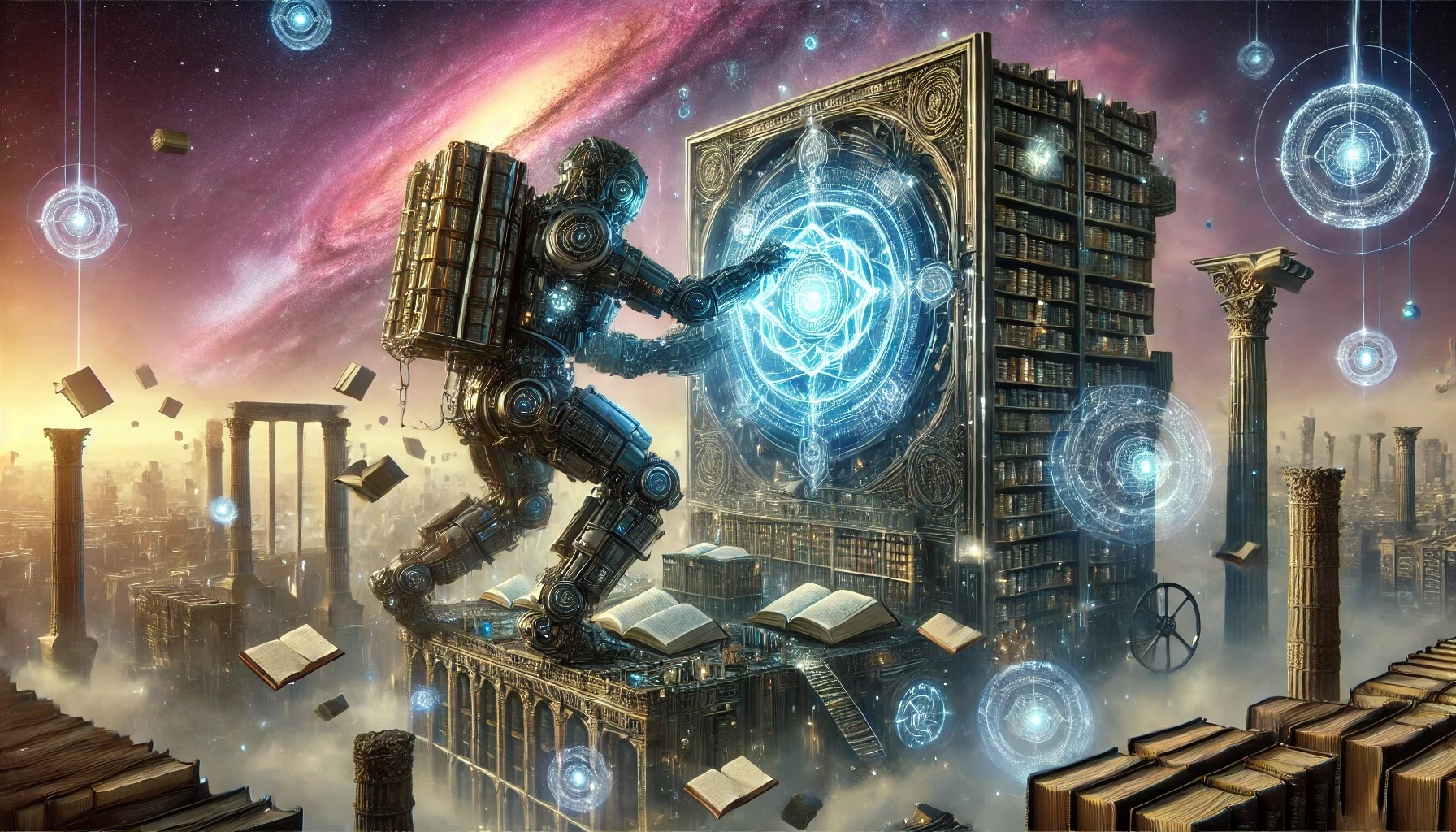Imagine a fox standing in the doorway on the roof of an English manor, gripping the frame with all its limbs as the strongest wind blows. Or picture a certain green ogre (you know who, but let’s dodge copyright paranoia) standing in front of an igloo, trying to weigh the sun against a one-pound weight, just to figure out what time it is. Weird, right? If you can’t easily imagine this, maybe some text-to-video AI can help. In fact, the weirder, the better. Oh, wait—I haven’t told you why yet. Here’s a hint: 风 (wind) and 时 (time).
About six months ago, I started learning Chinese and passed the HSK1 exam in just three months. However, I quickly realized that I needed to memorize many characters, and my learning speed was painfully slow. Even worse—keeping them in my memory wasn’t as easy as I had thought, especially the tones. That’s why I researched memory techniques and chose the Memory Palace method. After adapting it to my needs, my learning speed skyrocketed. Even better, I could retain the characters in my memory for much longer.
To use this technique, you must first create a spreadsheet with initials, finals, and tones and learn how to use it. It just takes time and patience—you can do it in a week, easily. But the next step is where imagination and visualization come in. That was never a problem for me—I’ve spent years immersed in video games, so my brain naturally builds wild, colorful scenes. But the more I talked to others, the more I realized that not everyone finds it easy to picture absurd, detailed scenarios packed with vivid elements. And in memory techniques, the crazier the scenario, the better it works.
So, what if we had a tool that could instantly create absurd, animated scenes for us? And I think you’ve already seen plenty of these short videos recently. Yes, I’m talking about AI-generated videos—text-to-video AI models. Just type your scene as a prompt, and you’ll have a bizarre, memorable short video in seconds. The best part? You don’t need perfect visuals. Artifacts, distortions, weird object blending—these imperfections make the video even more memorable. More anchors mean easier recall.
We often think of AI as a tool for creating polished visuals. But what if we used it for something messier that thrives on imperfection? Like how we use LLMs for brainstorming and idea generation, crazy “broken” stories can feed our brains better than perfect ones. Sure, AI pulls from existing knowledge, but the story is still ours. Maybe AI can be our crazy muse.
#productivity #ai #memory #learning #texttovideo #aiart #edtech #gamersmind



